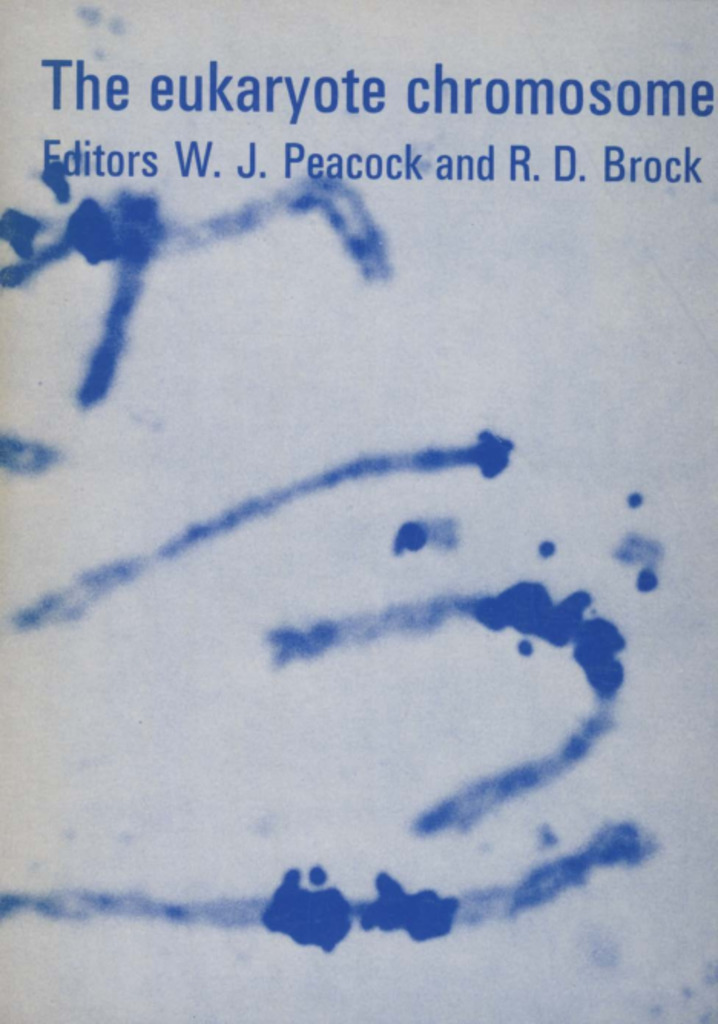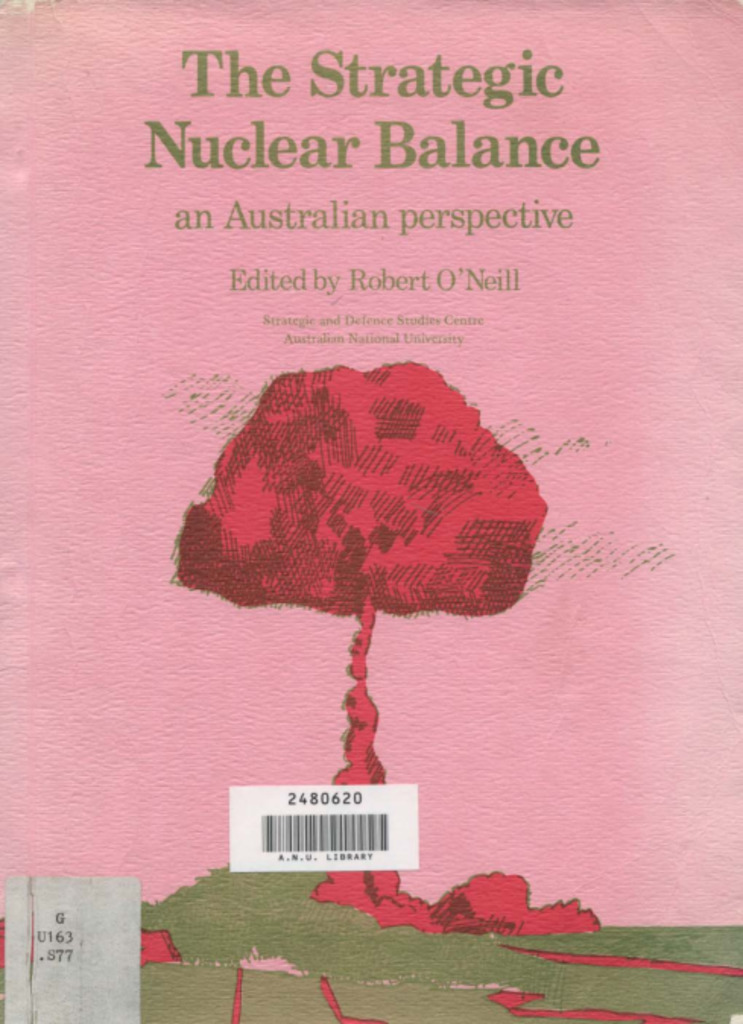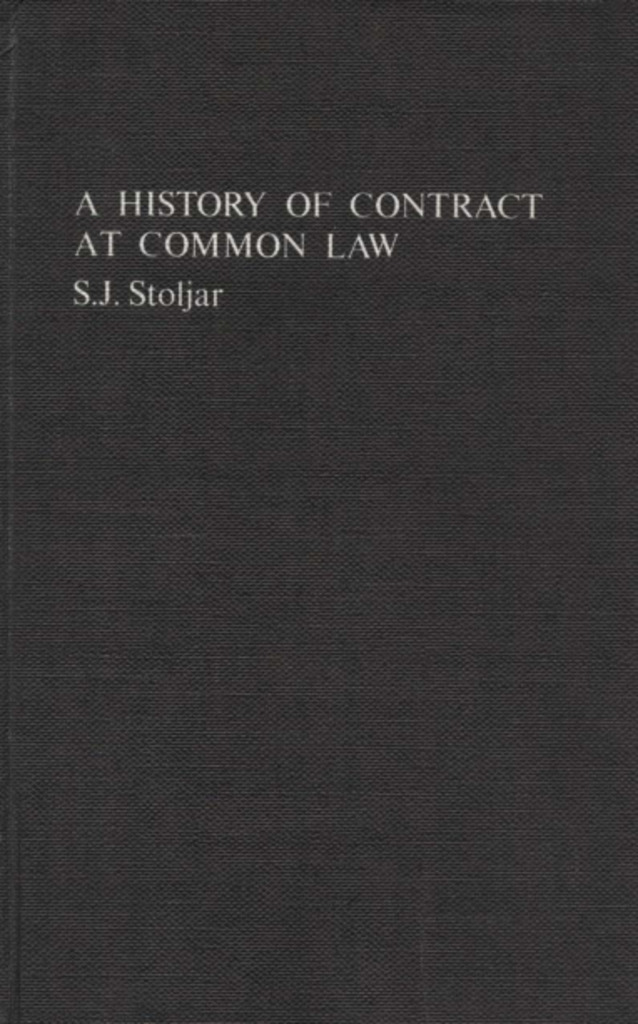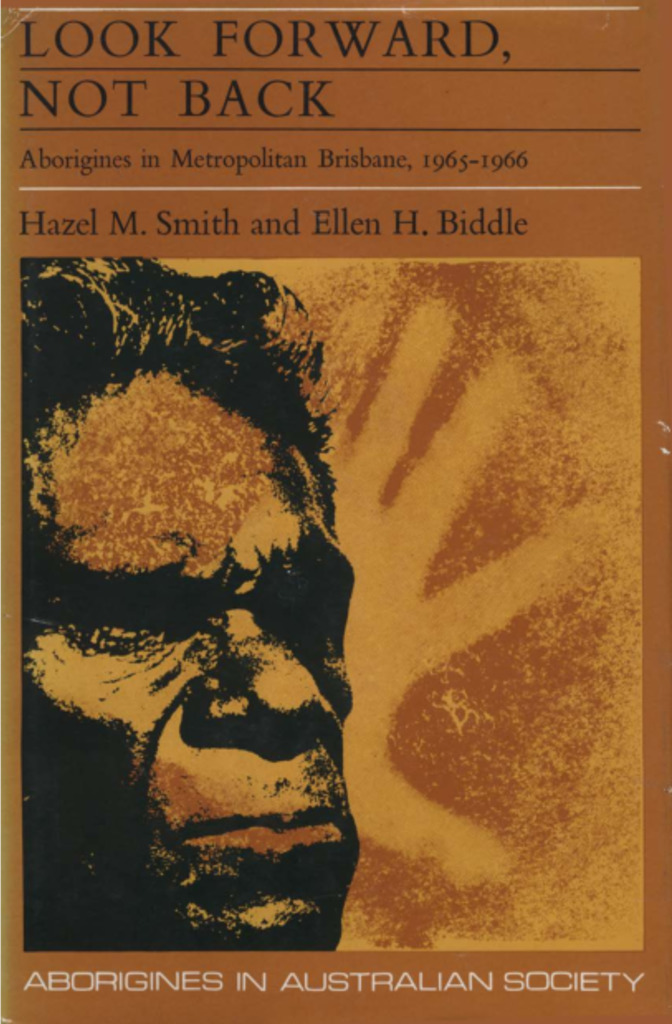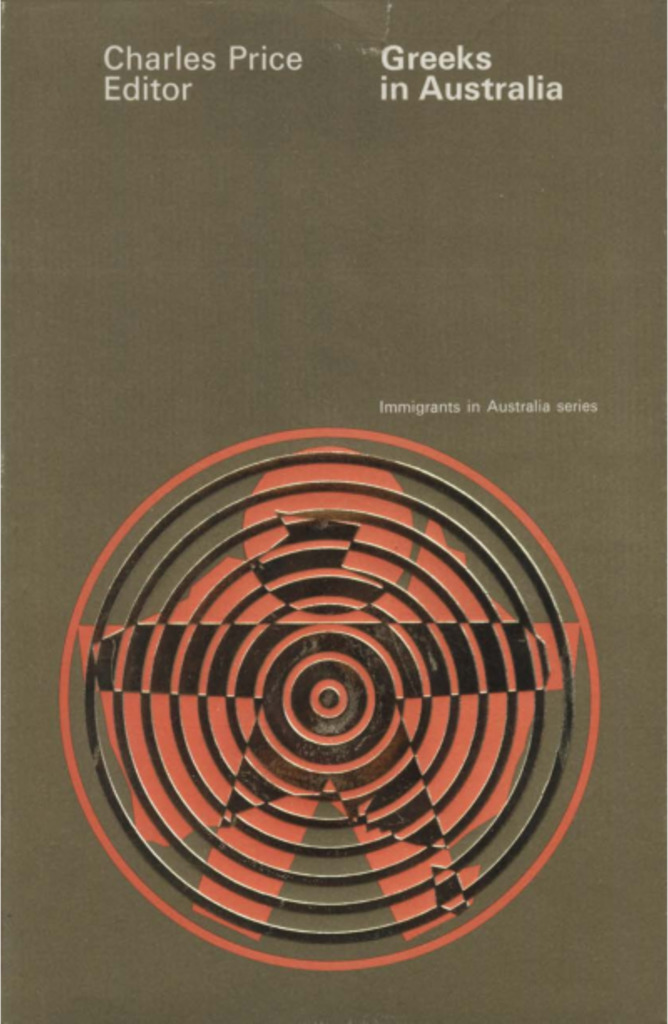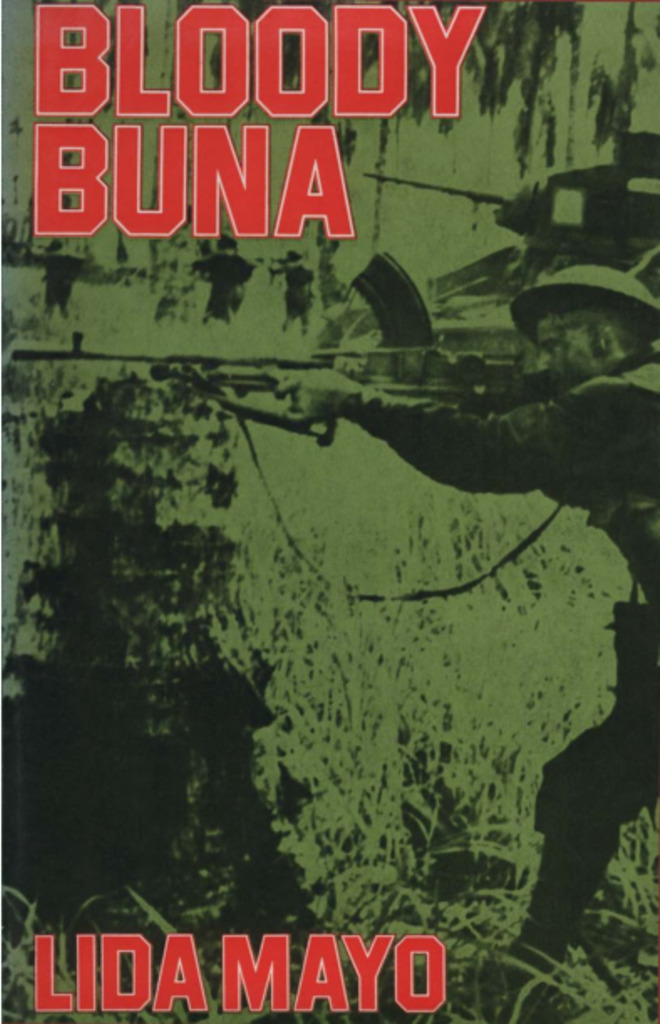Publication date: 1975
In 1942 the Australian 16th and 25th AIF Brigades, supported by militiamen of the 3rd Battalion, forced the Japanese back over the KokodaTrail and into a narrow strip in the Buna-Gona-Sanananda area along the northern New Guinea coast. It was decided the Australians would clear the Gona-Sanananda area; the Americans would attack Buna. The inexperienced 32nd U.S. Infantry Division gathered south of Buna, and on 19 November 1942 the confident main American assault began. The veteran Japanese jungle fighters, recently reinforced, were ready. They had constructed an elaborate defensive system of dirtcovered coconut-log bunkers; swamps; flooded rivers, rain, mud and the kunai hampered the Americans; thickly-foliaged trees made air strikes nearly impossible, and faulty intelligence reports gave a totally inaccurate assessment of the Japanese strength. By December the attack on Buna had halted. Poorly trained and equipped, discipline gone, hungry, dirty and ill, the Americans were reluctant to move. Lieutenant-General Eichelberger, sent in by the impatient Supreme Commander, General MacArthur, ordered a major reorganisation, and new attacks were mounted. But the bloody Buna battle again ground to a stalemate. Australia's 18th Brigade and other troops, equipped with long overdue tanks and artillery, joined in whilst other Australian forces pressed on with their task at Gona-Sanananda. The Japanese fought with fanatical resolve but the weight of the Australian-American attacks finally told, and on 2 January 1943 the Americans took Buna government station to end one of the most desperate campaigns of the entire Pacific war. In Bloody Buna senior U.S. Army historian Lida Mayo describes the affair in authentic and gripping detail. Her narrative is sharpened with interviews and private accounts, and she leaves no doubts about the crushing mental pressures, physical ordeals, brutalities, and macabre horrors of the struggle. Nor does she fail to analyse the problems created by the remoteness of higher command from the scene of action.
